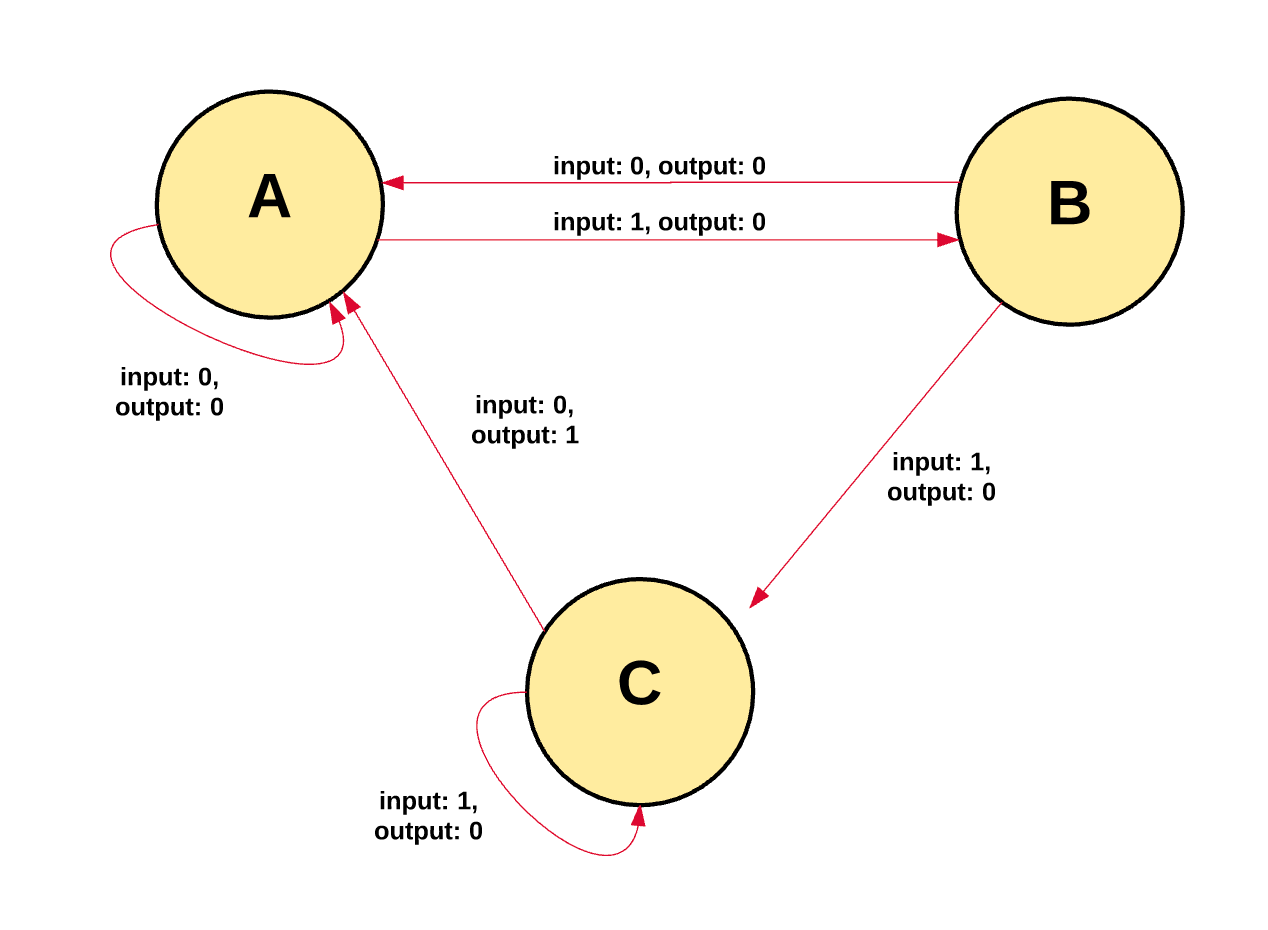
Odds are you’ve heard about the Ethereum blockchain, whether or not you know what it is. It’s been in the news a lot lately, including the cover of some major magazines, but reading those articles can be like gibberish if you don’t have a foundation for what exactly Ethereum is. So what is it? In essence, a public database that keeps a permanent record of digital transactions. Importantly, this database doesn’t require any central authority to maintain and secure it. Instead it operates as a “trustless” transactional system — a framework in which individuals can make peer-to-peer transactions without needing to trust a third party OR one another.
Still confused? That’s where this post comes in. My aim is to explain how Ethereum functions at a technical level, without complex math or scary-looking formulas. Even if you’re not a programmer, I hope you’ll walk away with at least better grasp of the tech. If some parts are too technical and difficult to grok, that’s totally fine! There’s really no need to understand every little detail. I recommend just focusing on understanding things at a broad level.Many of the topics covered in this post are a breakdown of the concepts discussed in the yellow paper. I’ve added my own explanations and diagrams to make understanding Ethereum easier. Those brave enough to take on the technical challenge can also read the Ethereum yellow paper.
Let’s get started!
A blockchain is a “cryptographically secure transactional singleton machine with shared-state.” [1] ****That’s a mouthful, isn’t it? Let’s break it down.
Ethereum implements this blockchain paradigm.
The Ethereum blockchain is essentially a transaction-based state machine. In computer science, a state machine refers to something that will read a series of inputs and, based on those inputs, will transition to a new state.

With Ethereum’s state machine, we begin with a “genesis state.” This is analogous to a blank slate, before any transactions have happened on the network. When transactions are executed, this genesis state transitions into some final state. At any point in time, this final state represents the current state of Ethereum.

The state of Ethereum has millions of transactions. These transactions are grouped into “blocks.” A block contains a series of transactions, and each block is chained together with its previous block.

To cause a transition from one state to the next, a transaction must be valid. For a transaction to be considered valid, it must go through a validation process known as mining. Mining is when a group of nodes (i.e. computers) expend their compute resources to create a block of valid transactions.
Any node on the network that declares itself as a miner can attempt to create and validate a block. Lots of miners from around the world try to create and validate blocks at the same time. Each miner provides a mathematical “proof” when submitting a block to the blockchain, and this proof acts as a guarantee: if the proof exists, the block must be valid.
For a block to be added to the main blockchain, the miner must prove it faster than any other competitor miner. The process of validating each block by having a miner provide a mathematical proof is known as a “proof of work.”